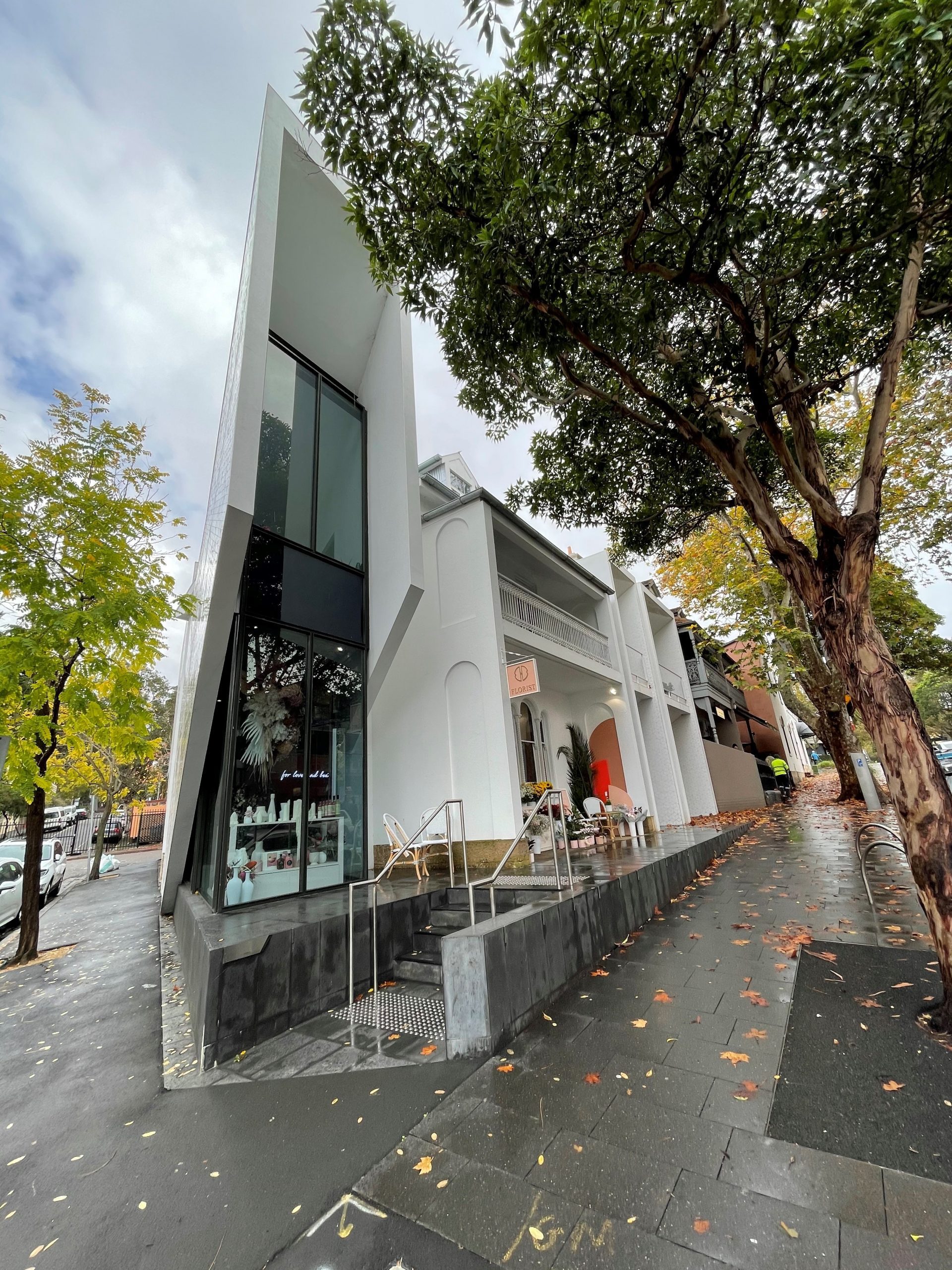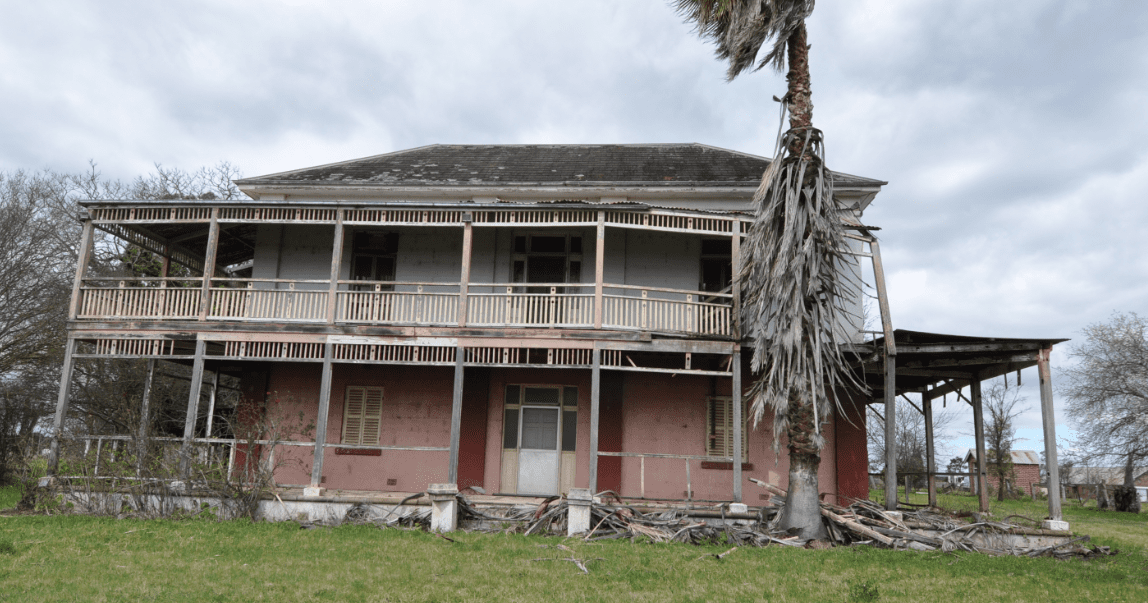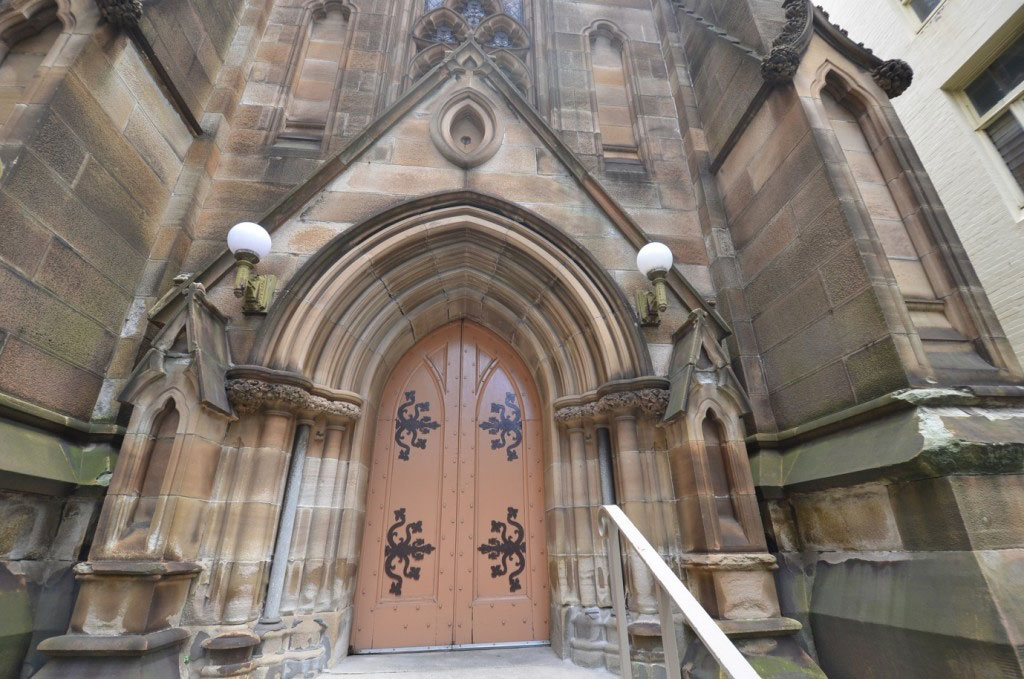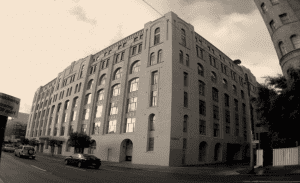Professional Associations
In the recent NSW Heritage Act inquiry, I submitted a series of recommendations to the government seeking community response in relation to improvements which can be made to the Act and its administration, generally. The second of these recommendations relates to whether the Act reflects the expectations of the NSW community. I responded as follows;
It is my opinion that, as it stands, the Act is remote and incomprehensible to the general public, owners of heritage items (and owners of contributory buildings in conservation areas) as well as the general NSW community. When I talk about the Act, I am including all heritage law at both State and local levels. Currently, there is insufficient community engagement except when heritage is under threat. Recently, we have seen active community protest against government decisions regarding ‘Willow Grove’ in Parramatta and ‘Sirius’ in the Rocks. Reactive protest to decisions made by the government can easily be avoided if decision-making is more inclusive and representative at the outset. How can this be achieved? I am strongly committed to the de-politicisation of heritage and to this extent, I refer to the English and Scottish models whereby decision-making is vested in a trust which is set up as a charity and is separate from government. In those models, decision-making about heritage (listing, approvals, Court appeals, fines and sentencing etc.) is carried out with extensive community engagement. It must be acknowledged that heritage belongs to everybody in the community. It is therefore not appropriate for a government of any affiliation to decide unilaterally to demolish or physically move a heritage building from its original location to another. It is only appropriate to make decisions of that nature by fully engaging the community and its representatives.
For many years we, in NSW, we have enjoyed strong government support and political commitment to heritage. However, since 2006, things have progressively declined. In 2006, the Productivity Commission report into the efficacy of Australian cultural built heritage was handed down and its recommendations were found to be extremely negative bordering on anti-heritage thinking. My sense is that much of the goodwill in the Act and its affiliated agencies has been eroded since that report was handed down. Now, with the current enquiry, there is an opportunity to regain the lost support that cultural built heritage had previously enjoyed. My response to the question; how can the expectations of the NSW community be regained? is linked to the twin issues of ‘de-politicisation’ on the one hand and ‘political commitment’ on the other. The two work hand-in-hand. The Willow Grove case is indicative of a government attitude being that ‘heritage’ is a hindrance when in fact it is a public good capable of generating funds if correctly managed. The other aspect is that is not the place of government to be making decisions that result in a loss of significance to any heritage item (Lands Dept., Education Building and Chief Secretary’s Building in Bridge Street, Sydney). Decisions of this nature can only be made by the community. A properly representative Heritage Council is the appropriate arm of government to preside over important heritage decisions. However, it needs to be properly empanelled, liberally constituted and fully represented. This is not the situation at present.
In a recent, former blog, I discussed the issue of representation of the Heritage Council. I mentioned that if the Heritage Council were to be vested as a community charity organisation separate from government, its motivation to maintain an active, dynamic heritage list is far more likely to occur compared with the current situation which we know to be sluggish and reactive rather than proactive. If we follow the English and Scottish models, we see that the Heritage Council has been shifted out of government and into the community as a charity and is therefore first and foremost answerable to the community and ought to be constituted thus. I strongly recommend that the Heritage Council has representation from the National Trust and Australia ICOMOS as well as from the Professional Historians Association, EPLA, Master Builders Association, Garden History Society, DOCOMOMO, Historic Houses Association of Australia, Land Valuation Advisory Group and the Australian Institute of Architects etc. By having a strongly empanelled group of professional associations, there is likely to be a higher level of heritage expertise on the Heritage Council, greater community representation and a higher calibre of decision-making than that which currently exists.
On the issue of political commitment, this is something that cannot change overnight. It can only come from the grassroot championing of heritage causes. The strong protests around Willow Grove, Sirius, Windsor Bridge, Haberfield (WestConnex) etc. are examples where the government takes notice, and it is through such protests that heritage regains its prominence as a public good in society worth defending.
Finally, if heritage legislation in NSW were to be made more dynamic and user-friendly with active, positive promotion by the government, there is an opportunity to turn things around. There is ample evidence of the economic benefits to society that heritage generates by having it idealised as a public good. In terms of management i.e. the executive arm of the Act, there should be a separate trust set up as a charity (equivalent to English Heritage) that manages all the listed properties and not only promotes them but also is the listing and approval authority for any changes made to the listed properties. If we apply the English model, we remove political interference from the Act. Also, being a charity, the trust is beholden to scrupulous and open-book dealings insofar as the listed stock is concerned. The Heritage Council itself would be a separate entity from the trust. Each would have oversight of the other as a cross checking arrangement. If the council and the trust were to be so constituted, it is my belief that there would be much greater community engagement.
Paul Rappoport – Director of Heritage 21
6 July 2021
Related Articles

Are we heading for a major showdown on Transport Oriented Development in heritage areas?
Already, the NSW State Government is fighting against Ku-ring-Gai wanting to slap interim heritage orders (IHOs) on its Heritage Conservation…
Read more
Upcoming Heritage Issues in Transport Oriented Development Areas (TODs)
Recently, the new legislation introduced by the NSW State Government from the Department of Planning and Environment, promotes affordable housing…
Read more
Incentivising Ownership of Heritage Buildings
In response to the recent enquiry by the government relating to the NSW Heritage Act, I made the following recommendation.…
Read more
A New Heritage Council for NSW
In the recent NSW Heritage Act inquiry, I submitted a series of recommendations to the government seeking community response in…
Read more

Need help getting started?
Check out our guides.

Complete the form below to contact us today.










